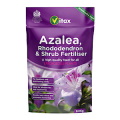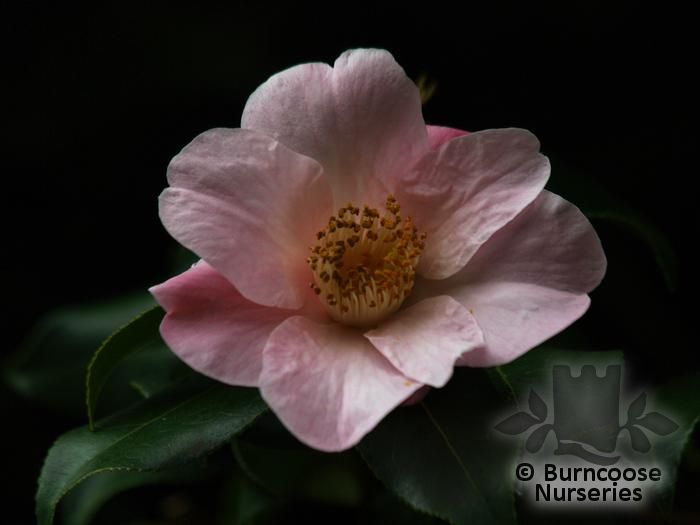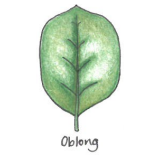Plants by mail order since 1984, over 4100 plants online today
Nursery & Gardens open: Mon - Sat 8:30 - 17:00 & Sun 10:00 - 16:00
Pop up café: open weather dependent
- Shop Now
- Burncoose Specialities
- This Month
- Offers & Promotions
- RHS Chelsea Flower Show 2024
- 40 years at Burncoose
- Engage With Us
- Information, Help & Advice
- About Us & Our Services
- Terms & Conditions
- Log In / Register

CAMELLIA 'J.C. Williams'
X williamsii. Soft pink single
Further Reading....
- Camellia - A guide to sizing and pricing
- Camellia - Care Guide
- Camellia - Hybridisation
- Camellias - Background info Videos.
- Cold weather damage to evergreen plants
- Planting to avoid allergic reactions and asthma
- Shrubs and Trees - Seeds - 1) Collecting Seeds
- Shrubs and Trees - Seeds - 2) Storing Seeds
- Shrubs and Trees - Seeds - 3) Planting Seeds
-
Evergreen
-
 Shades of pinkAll shades of pink through to Carmine (red)Soft pink.
Shades of pinkAll shades of pink through to Carmine (red)Soft pink. -
 Height2-5m (6½-16ft)
Height2-5m (6½-16ft) -
 Spread1-3m (3-10ft)
Spread1-3m (3-10ft) -
Tall ShrubFree-flowering with wide-sweeping branches. Produces medium sized flowers
-
 Hardy - cold winterHardy in most places throughout the UK even in severe winters. May not withstand open/exposed sites or central/northern locations. Plant can withstand temperatures down to -15°C (5°F)
Hardy - cold winterHardy in most places throughout the UK even in severe winters. May not withstand open/exposed sites or central/northern locations. Plant can withstand temperatures down to -15°C (5°F) -
 Partial shade
Partial shade
CAMELLIA 'J.C. Williams'
- Details
- Description
- Mature Size
- Tips and Advice
- Goes Well With
- Planting Combinations
- Other Suggestions
- See Also...
-
Additional Features
 Burncoose specialitySee Burncoose Speciality group for more details
Burncoose specialitySee Burncoose Speciality group for more details Good to knowThe first clone of x williamsii. Good for training on a partially shaded wall.
Good to knowThe first clone of x williamsii. Good for training on a partially shaded wall. Pests & DiseasesAphids, scale insects, vine weevils, leaf spot.
Pests & DiseasesAphids, scale insects, vine weevils, leaf spot. Place of originGarden origin. UK. Caerhays Estate, CornwallResistant to honey fungusThese plants have little or few problems with honey fungus.
Place of originGarden origin. UK. Caerhays Estate, CornwallResistant to honey fungusThese plants have little or few problems with honey fungus. -
Burncoose SpecialitiesCaerhays bred plantsCamellias
-
Camellia TypesX williamsiiC. japonica x C. saluenensis. These cultivars vary greatly in habit, leaves and flowers
-
Core PlantsCamellia
-
Flower ShapeSingleRow of petals round conspicuous stamens - no more than 8 petals8-10cm (3-4in) across
-
HardinessFully hardy
-
Leaf margin
 Serrulate
Serrulate(see photos above) -
Leaf shape
 Elliptic
Elliptic(see photos above)  Oblong
Oblong(see photos above) -
Pruning group
 Pruning group 5Suitable for: Evergreen shrubs that require minimal pruning.
Pruning group 5Suitable for: Evergreen shrubs that require minimal pruning.
Action: Trim or lightly cut back shoots that spoil symmetry. Deadhead regularly.
When: Annually after flowering.
-
Seasonal InterestSpringWinter
-
Soil ConditionsAcid / ericaceous lovingFertile moist well-drained soil
-
Tree ShapeRounded to broadly columnarRounded to broadly spreading
Jan
Feb
Mar
Apr
May
Jun
Jul
Aug
Sep
Oct
Nov
Dec
Camellia - A guide to sizing and pricing
Camellia - Care Guide
- Camellia Care - Video Tip ondemand_video
- Soil Conditions
- Planting Tips
- Pruning
- Camellia Pruning - Video Tip ondemand_video
- Wind damaged pruning & staking - Video Tip ondemand_video
- Camellia as a windbreak - Video Tip ondemand_video
- Pests and Diseases
- Sooty mould in spring - Video Tip ondemand_video
- Propagation
- Collecting Camellia Seeds - Video Tip ondemand_video
- Propagation by semi-ripe cuttings - Video Tip ondemand_video
- Flowering Periods
- Self Seeding Camellia reticulata - Video Tip ondemand_video
- Further Reading
Camellia - Hybridisation
Camellias - Background info Videos.
- Propagation information - Video Tip ondemand_video
- Camellia 'Cornish Snow Michael' - Video Tip ondemand_video
- Camellia oleifera - Video Tip ondemand_video
- C.'Satan's Robe' - Video Tip ondemand_video
- C. transnokoensis - Video Tip ondemand_video
- C. vernalis 'Dawn' - Video Tip ondemand_video
- x williamsii Camellias - Video Tip ondemand_video
- Camellias - Signature Plants
Cold weather damage to evergreen plants
Planting to avoid allergic reactions and asthma
- Allergic reactions and pollen
- Plants which produce masses of pollen - to avoid
- Plants producing little pollen - relatively safe!
Shrubs and Trees - Seeds - 1) Collecting Seeds
- When is the right time to collect seeds?
- When are seeds actually ripe and ready for collection?
- Magnolia seed collection - Video Tip ondemand_video
- Cornus capitata seed collection - Video Tip ondemand_video
- Lithocarpus Seed Collection - Video Tip ondemand_video
- Rhododendron seed collecting - Video Tip ondemand_video
- Camellia seed collection - Video Tip ondemand_video
Shrubs and Trees - Seeds - 2) Storing Seeds
- Storing seeds over winter
- Embothrium Collecting and Storing Seeds
- Decaisnea Seed Collection & Potting
Shrubs and Trees - Seeds - 3) Planting Seeds
|
2-5m (6½-16ft)
|

|

|
|
1-3m (3-10ft) |














CAMELLIA

CAMELLIA 'Brigadoon'
Available from £10.50

CAMELLIA 'Caerhays'
Available from £10.50

CAMELLIA 'Dr Burnside'
Available from £21.00

CAMELLIA 'Jury's Yellow'
Available from £21.00

CAMELLIA 'St. Ewe'
Available from £10.50

FAGUS sylvatica 'Purpurea'
Purple beech
Available from £12.50

MAGNOLIA campbellii

MAGNOLIA campbellii subsp. mollicomata 'Lanarth'
Available from £70.00

MAGNOLIA liliiflora 'Nigra'
Available from £19.00

MAHONIA x media 'Charity'
Available from £18.50

PODOCARPUS totara 'Aureus'
Totara
Available from £15.50

RHODODENDRON 'Ostara'
Available from £45.00
TROPAEOLUM ciliatum
Useful extras...

Fertilisers & Feeds - Levington
Sulphate of Iron
Boosts soil acidity.
Feeds ericaceous plants and helps prevent moss.
Corrects leaf yellowing caused by iron deficiency.
Easy to use, low dust granules
Only £11.00

Fertilisers & Feeds - Vitax
Q4 Pelleted Fertiliser
A useful fertiliser suitable for use on a wide variety of plants. Q4 provides all the nutrients and trace elements essential for vigorous growth, abundant flowering and ripening of fruit.
3 options from £6.00

Fertilisers & Feeds - Empathy
Rootgrow Ericoid mycorrhizal fungi
This specially adapted Rootgrow™ mycorrhizal fungi will boost the growth of acid-loving plants like rhododendrons, azaleas, heathers and blueberries.
It contains ericoid and arbuscular mycorrhizal fungi, which are found in poor acidic soils where ericaceous plants naturally grow.
Only £7.50

Fertilisers & Feeds - Vitax
Blood, Fish & Bone
Improves vegetable, fruit and flower quality. Blood, Fish and Bone
contains three major nutrients essential for strong and healthy growth.
Only £6.00

Fertilisers & Feeds - Empathy
Ericaceous Liquid Seaweed Fertiliser
Specially developed organic concentrated seaweed feed for ericaceous plants that is a ready to use, derived from sustainable harvested kelp, that can be used on all outdoor and indoor plants,
Perfect used in conjunction with Rootgrow™ Ericoid.
Only £8.00

Fertilisers & Feeds - Vitax
Azalea, Rhododendron & Shrub Fertiliser
For healthy growth and flowering of ericaceous plants, Azalea,
Rhododendron & Shrub Fertiliser is perfect for acid-loving plants.
Only £12.00


























